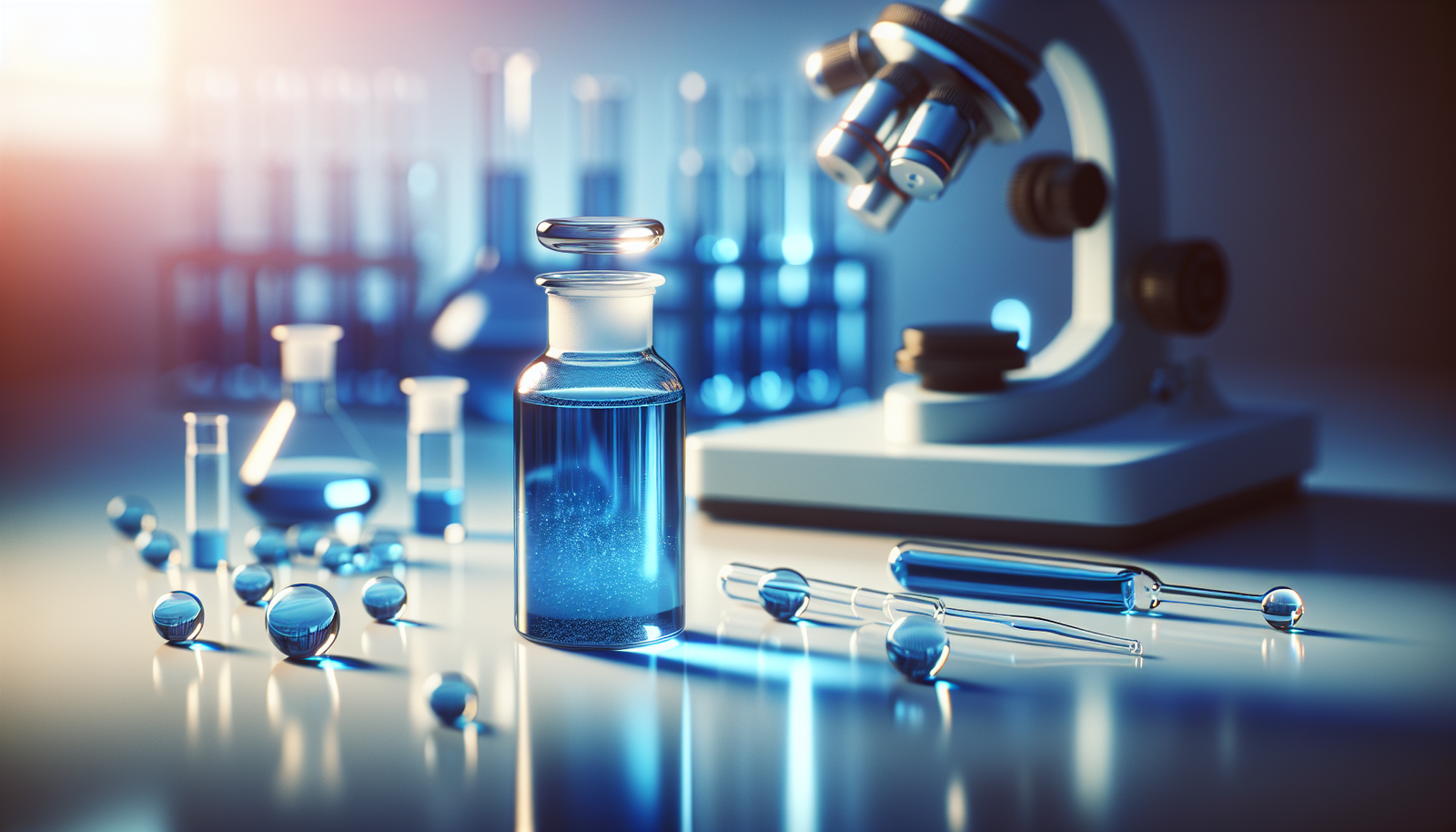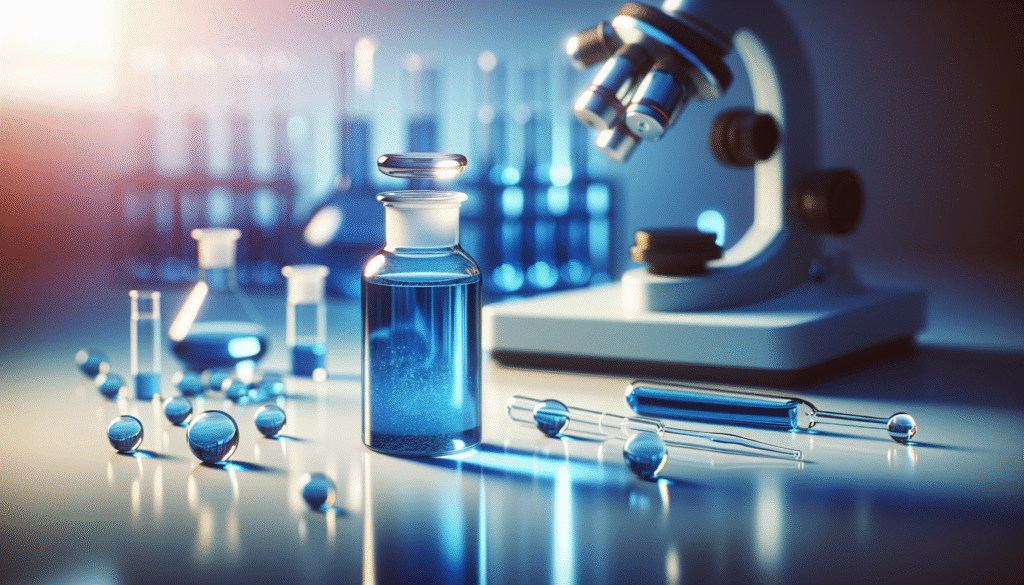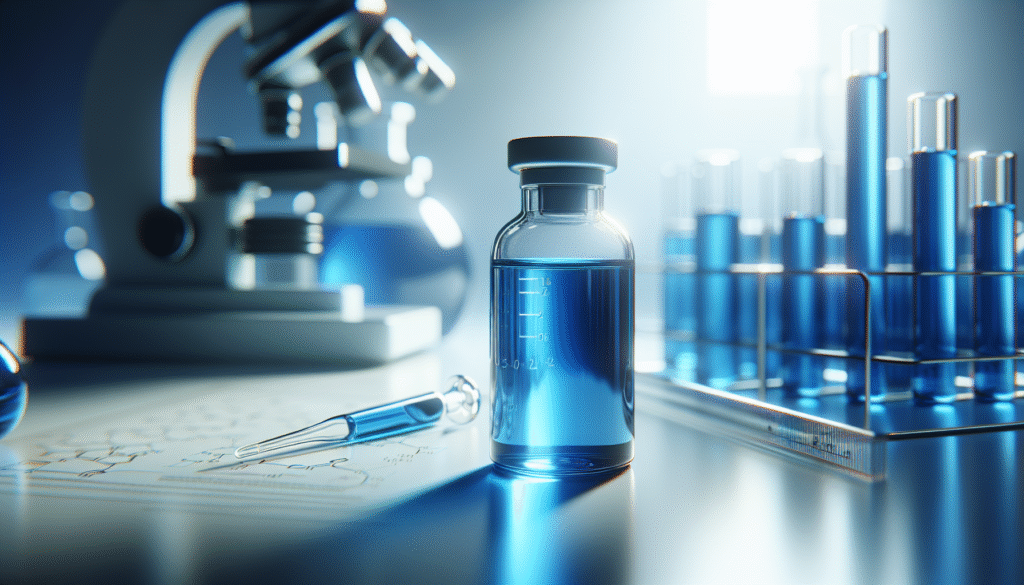
What misconceptions do you hold about methylene blue? This compound, often shrouded in confusion, is surrounded by a myriad of myths that can cloud its potential benefits and applications. This article aims to clarify these myths and provide you with the factual information necessary to understand methylene blue’s role in various fields, particularly in medicine and research.

Understanding Methylene Blue
Methylene blue is a synthetic dye that has been used for over a century in various applications, from biology to medicine. It is also used as a histological stain and has demonstrated antiseptic properties. Despite its long history and numerous studies, many myths continue to circulate about its uses and efficacy.
Historical Context
Originally developed in the late 19th century, methylene blue was used as a dye and later found valuable as a treatment for various medical conditions, including malaria. Its history is rich and multifaceted, spanning multiple disciplines.
Chemical Composition
Methylene blue, chemically known as thionine, has a molecular formula of C16H18ClN3S. It is a cationic dye, meaning it carries a positive charge. This property enables it to bind to various biological tissues, making it useful both as a stain in laboratories and as a therapeutic agent. Understanding its chemical structure is crucial as it influences its interactions in biological systems.
Common Myths About Methylene Blue
The existing myths surrounding methylene blue can lead to misinformation that detracts from its potential benefits. Let’s dissect some of the most prevalent misconceptions.
Myth 1: Methylene Blue is Toxic
One of the most widespread beliefs is that methylene blue is inherently toxic.
Reality Check
While high doses of methylene blue can be toxic, particularly for individuals with G6PD deficiency, therapeutic doses are generally considered safe in adults. The toxicity largely depends on the amount ingested and the individual’s health conditions. It’s crucial to consult with a healthcare provider to ensure safe usage.
| Toxicity Levels | Concentration | Effects |
|---|---|---|
| Low Toxicity | Therapeutic Dose | Generally safe for use |
| High Toxicity | Excessive Dose | Risk of side effects such as nausea |
Myth 2: Methylene Blue is Only a Stain
Another common misconception is that methylene blue serves solely as a staining agent in laboratory settings.
Reality Check
While it is widely used for staining biological samples, methylene blue has potent therapeutic effects as well. It functions as an antidote for certain types of poisoning, such as cyanide toxicity, and has shown promise in treating conditions like methemoglobinemia, where the blood becomes unable to carry oxygen effectively.
Myth 3: There is No Scientific Evidence Supporting Methylene Blue’s Benefits
Many individuals believe that there is a lack of scientific data backing the efficacy of methylene blue for medical applications.
Reality Check
Contrary to this belief, extensive research supports the medicinal uses of methylene blue. Numerous studies have demonstrated its effectiveness in various treatments, including its applications in neuroprotective therapy and as an antimicrobial agent.
Myth 4: Methylene Blue is a New Discovery
Some tend to think that methylene blue is a novel compound with limited research history.
Reality Check
Methylene blue has been in use for well over a century, with its first recorded application dating back to the late 1800s. Over the years, a wealth of research has contributed to its knowledge base within medical and scientific communities.
Therapeutic Uses of Methylene Blue
Understanding the therapeutic uses of methylene blue can help in dispelling myths and reinforcing its real-world applicability.
Treatment of Methemoglobinemia
Methemoglobinemia is a condition where hemoglobin is modified so that it cannot effectively release oxygen to body tissues. Methylene blue acts as a reducing agent, converting methemoglobin back to hemoglobin.
Mechanism of Action
Methylene blue works by promoting the reduction of the iron in hemoglobin from the ferric (Fe3+) to the ferrous (Fe2+) state, thereby restoring its oxygen-carrying capability.
Neuroprotective Effects
Research has indicated that methylene blue may have neuroprotective effects, particularly in the context of neurodegenerative disorders.
How It Works
Methylene blue appears to enhance mitochondrial function, leading to improved energy production in cells, protection against oxidative stress, and overall better cellular health. This property positions it as a potential therapeutic agent in conditions like Alzheimer’s disease.
Antimicrobial Properties
Another area of interest regarding methylene blue is its antimicrobial efficacy.
Antimicrobial Action
Methylene blue has demonstrated effectiveness in treating infections, particularly those caused by certain bacteria and fungi. Its suitability in tooth disinfecting processes and its role as a photosensitizer in photodynamic therapy highlight its versatility in infection control.
The Role of Methylene Blue in Research
Beyond its medical applications, methylene blue has found a significant place in scientific research.
Cellular Biology Studies
Methylene blue is frequently utilized in cellular biology as a dye for staining cells, allowing for various cellular processes to be visualized under a microscope.
Applications in Research
In research, it plays a crucial role in identifying cell types and structures, enhancing the clarity of microscopic images. Its effectiveness as a stain is well established, contributing to the advances in cellular biology and histology.
Investigation into Mental Health
Recent studies have explored the potential role of methylene blue in mental health treatments, particularly in conditions like depression.
Mechanistic Insights
Through its function in enhancing cellular respiration and potentially modulating neurotransmitter systems, methylene blue could offer new avenues for therapeutic intervention in psychiatric disorders.

Methylene Blue’s Safety Profile
Safety is a paramount concern when considering any therapeutic agent.
Drug Interactions
It’s essential to understand that methylene blue can interact with various medications, including certain antidepressants and antimalarial drugs.
| Medication | Interaction Risk |
|---|---|
| SSRIs | Serotonin syndrome risk |
| Antimalarials | Efficacy alteration |
Recommended Dosages
When used appropriately, methylene blue can be safely administered. Typical dosages for methemoglobinemia involve:
- Initial Dose: 1-2 mg/kg intravenously
- Repeat Doses: Administered every hour as needed
Always consult a healthcare professional for guidance tailored to your specific circumstances.
Conclusion
Methylene blue is more than just a laboratory stain; it is a compound with a rich history and a multitude of applications, both therapeutic and research-oriented. While various myths continue to persist, understanding its proven benefits and safe usage can significantly empower your knowledge and health decisions.
In closing, it is essential to rely on credible, research-backed information regarding medical compounds like methylene blue. By debunking these myths, you not only gain insight into its potential applications but also enhance your ability to make informed health choices.